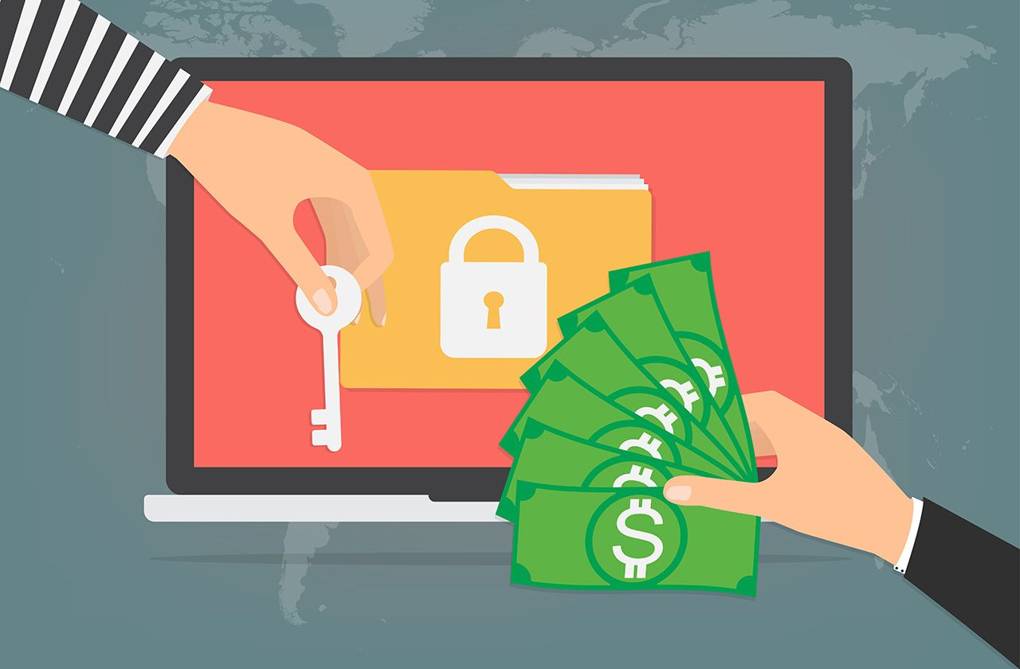A Google Study from 2017 shows that more than $25 million have been paid for ransomware payments
Ransomware victims have actually paid more than $25 million in ransomware payments over the last 2 years, according to a research study provided today by researchers at Google, Chainalysis, UC San Diego, and the NYU Tandon School of Engineering.
By following those payments through the blockchain and comparing them against known samples, researchers had the ability to build a detailed photo of the ransomware ecosystem.
Ransomware has actually become a nearly inevitable hazard in recent years.
When a system is contaminated, the program secures all local files to a private crucial held only by the opponents, demanding countless dollars in bitcoin to recuperate the systems.
It’s a damaging but lucrative attack, one that’s proven particularly popular amongst cybercriminals.
This summertime, computers at San Francisco’s biggest public radio station were locked up by an especially brutal ransomware attack, requiring producers to depend on mechanical stopwatches and paper scripts in the after-effects.
A damaging however rewarding attack
The research study tracked 34 separate variants of ransomware, with a few significant stress bringing in the bulk of the earnings.
The information reveals a ransomware variant called Locky as patient zero of the current epidemic, spurring a huge uptick in payments when it got here in early 2016. I
n the years that followed, the program would bring in more than $7 million in payments.
Crucially, Locky was the very first ransomware program to keep the payment and encryption infrastructure different from the groups dispersing the malware, enabling the malware to spread farther and faster than its rivals.
” Locky’s huge benefit was the decoupling of the individuals who preserve the ransomware from the individuals who are contaminating machines,” states NYU teacher Damon McCoy, who worked on the job. ”
Locky simply focused on developing the malware and support infrastructure.
Then they had other botnets spread and disperse the malware, which were better at that end of business.”
Other pressures soon caught on. Cerber and CryptXXX followed a similar playbook to generate $6.9 million and $1.9 million in ransomware payments, respectively.
In each case, the number shows overall payouts made by victims, and it’s unclear just how much of the cash made it back to the original ransomware authors.
The very same information reveals ransomware authors getting smarter about preventing antivirus software application.
Once a specific malware program has actually been recognized, anti-virus systems typically scan for matching binaries– a similar copy of the recovered program.
However modern-day malware can immediately alter the binary when an offered stress is discovered, a trick that ransomware programs have discovered well.
Scientist discovered countless new binaries a month connected with the Cerber ransomware, enabling it to skate past many signature-based antivirus systems.

Recent Comments